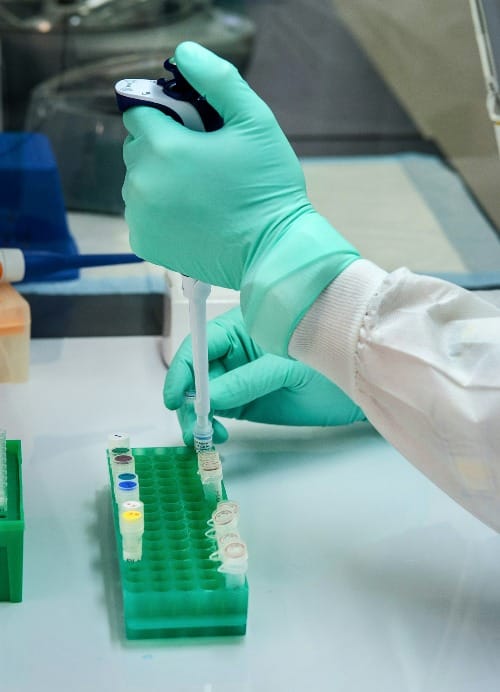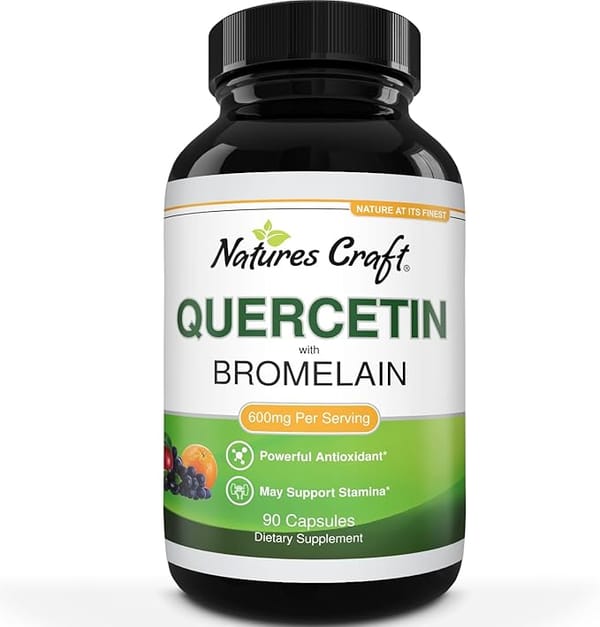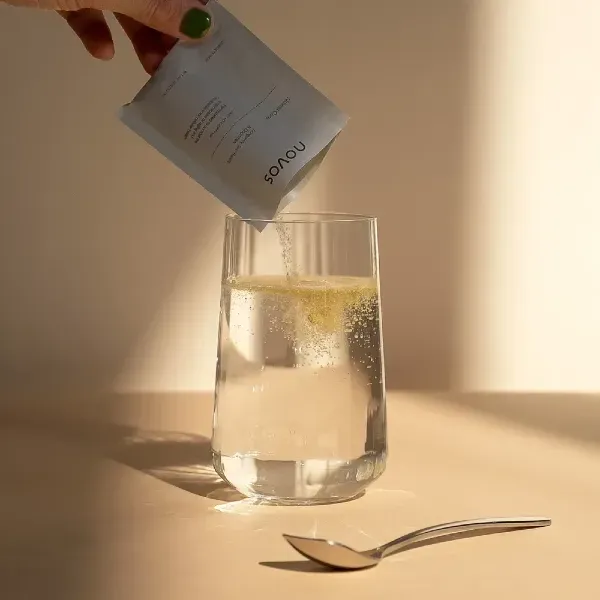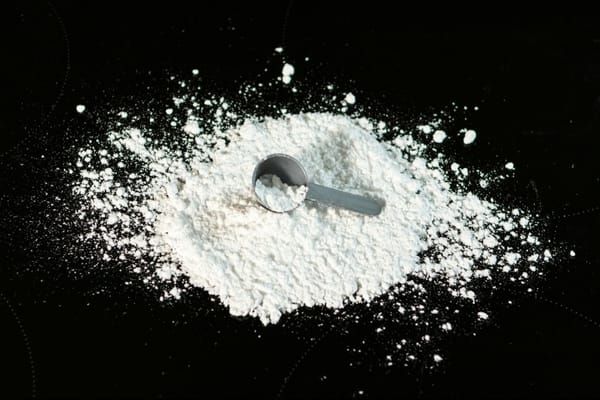High-Intensity Interval Training (HIIT) has emerged as a powerful tool for boosting growth hormone levels and potentially slowing the aging process. Research suggests that HIIT's intense bursts of exercise followed by brief recovery periods can stimulate significant increases in human growth hormone production, enhance cellular rejuvenation, and positively impact telomere length. This unique form of exercise has shown distinct advantages over traditional steady-state cardio in regulating hormones and improving overall health markers. While the effects can vary among individuals, HIIT's potential to combat aging at a molecular level offers promising benefits for those seeking to maintain youth and vitality.
HIIT and Muscle Hypertrophy
High-Intensity Interval Training (HIIT) has shown promising effects on muscle hypertrophy, particularly in overweight and obese individuals. A study found that a 3-week HIIT intervention led to a significant increase in muscle cross-sectional area (mCSA) of the vastus lateralis in overweight and obese participants[3]. Additionally, research has demonstrated that HIIT can be effective in inducing muscle hypertrophy in untrained young populations, with one study reporting a 10.6% increase in CSA of the vastus lateralis following a 10-week HIIT running protocol[4]. HIIT activates fast-twitch muscle fibers and stimulates the production of anabolic hormones like testosterone and growth hormone, which are crucial for muscle protein synthesis and growth[5]. While HIIT may not be as effective as traditional resistance training for muscle hypertrophy, it can be a valuable addition to a training program, especially for those seeking to improve both cardiovascular fitness and muscle size simultaneously[1][2].
HIIT's Effect on Insulin Sensitivity
High-Intensity Interval Training (HIIT) has demonstrated significant benefits for improving insulin sensitivity, particularly in individuals at risk for type 2 diabetes. Studies show that HIIT can enhance glucose metabolism, increase mitochondrial biogenesis, and improve the expression of GLUT4 and PGC-1α, all of which contribute to reducing insulin resistance[1]. In women with higher insulin resistance, HIIT has been found to improve various cardiometabolic health metrics, including blood pressure and blood glucose levels[2]. Importantly, these improvements in insulin sensitivity can occur independently of weight loss or reductions in adiposity, inflammation, and liver lipid content[5]. The acute effects of HIIT on insulin sensitivity are comparable to those of moderate-intensity continuous training (MICT), with both forms of exercise inducing similar improvements in peripheral insulin sensitivity the day after exercise[4]. This suggests that the insulin-sensitizing effects of HIIT are primarily mediated by factors stemming from the most recent exercise session rather than long-term adaptations[4].
HIIT-Induced Autophagy Mechanisms
High-Intensity Interval Training (HIIT) has been shown to stimulate autophagy, a cellular process crucial for maintaining cellular health and function. Studies indicate that HIIT induces distinct changes in autophagy markers compared to moderate-intensity continuous training (MICT). In human skeletal muscle, HIIT resulted in a significantly higher increase in the LC3II:LC3I ratio 3 hours post-exercise compared to MICT, suggesting enhanced autophagy flux[1]. This autophagy response appears to be intensity-dependent, with HIIT activating key signaling pathways such as AMPK and p38MAPK[1][3]. In animal models, HIIT increased expression of autophagy markers like LC3-II, ATG-3, and Beclin-1 in oxidative muscles, correlating with improved mitochondrial oxidative capacity[2]. The autophagy stimulation by HIIT may contribute to its beneficial effects on metabolic health, insulin sensitivity, and overall cellular rejuvenation[4][5].
Embracing HIIT's Anti-Aging Potential
High-Intensity Interval Training (HIIT) has emerged as a powerful tool for promoting overall health and potentially slowing the aging process. Research indicates that HIIT stimulates significant increases in human growth hormone (HGH) production, with studies showing up to a 450% increase in HGH levels during the 24 hours following a HIIT workout[1]. This acute hormonal response contributes to HIIT's numerous benefits, including improved fat burning, increased metabolism, and enhanced cardiovascular health[1][4]. While HIIT's effects on HGH are notable, it's important to view this increase as part of a broader anti-aging and recovery-promoting response rather than a direct muscle growth stimulator[3]. The combination of HIIT's impact on hormones, cellular rejuvenation, and telomere preservation makes it a promising strategy for maintaining youth and vitality, offering benefits that extend far beyond traditional exercise methods[2][5].














Member discussion